Amazon
Resistance Radio
Filed Under
Agency
Creative Director
Steve Coulson
Amazon asked us to develop a transmedia campaign to build excitement for their original series, The Man in the High Castle, and propel it into the cultural zeitgeist.
In the alternate history of the show, it is 1962 and it’s been nearly two decades since America was torn apart and divvied up by the Axis powers. But there’s one area they don’t control, the Neutral Zone, and it has become the last hold-out for dissenters, resistors and die-hard believers in American ideals.
We created Resistance Radio, conceived as a loose network of pirate radio stations broadcasting from basements in the Neutral Zone, to tell the story of a country twisted by a new world order, through music, news, and commentary.
In this world the spirit of rock and roll is not dead, but there’s no Elvis, no John Lennon. The songs of 1962 are still being written and performed for the first time, but the music has gone underground. To bring this to life Amazon partnered with 30th Century Records and producers Sam Cohen and Danger Mouse to record cover versions of early 60s hits performed in a completely different style from the recordings we’re all familiar with.
Playing this music on the airwaves are the DJs of Resistance Radio—fictional characters based on historical personalities like Wolfman Jack and Casey Kasem, but existing in our alternate history, hiding from secret police and railing against fascism as they spin records.
Featuring 18 cover versions of classic songs together with 4 hours of in-world DJ commentary, Resistance Radio acted as narrative bridge, connecting Amazon’s media platforms as well as creating opportunities for tie-ins and real-world events, like the Resistance Radio showcase at SXSW.
The skeuomorphic design puts visitors in the world of The Man in the High Castle, which is set in the early 1960s. Visitors on mobile devices see a pocket transistor radio instead.
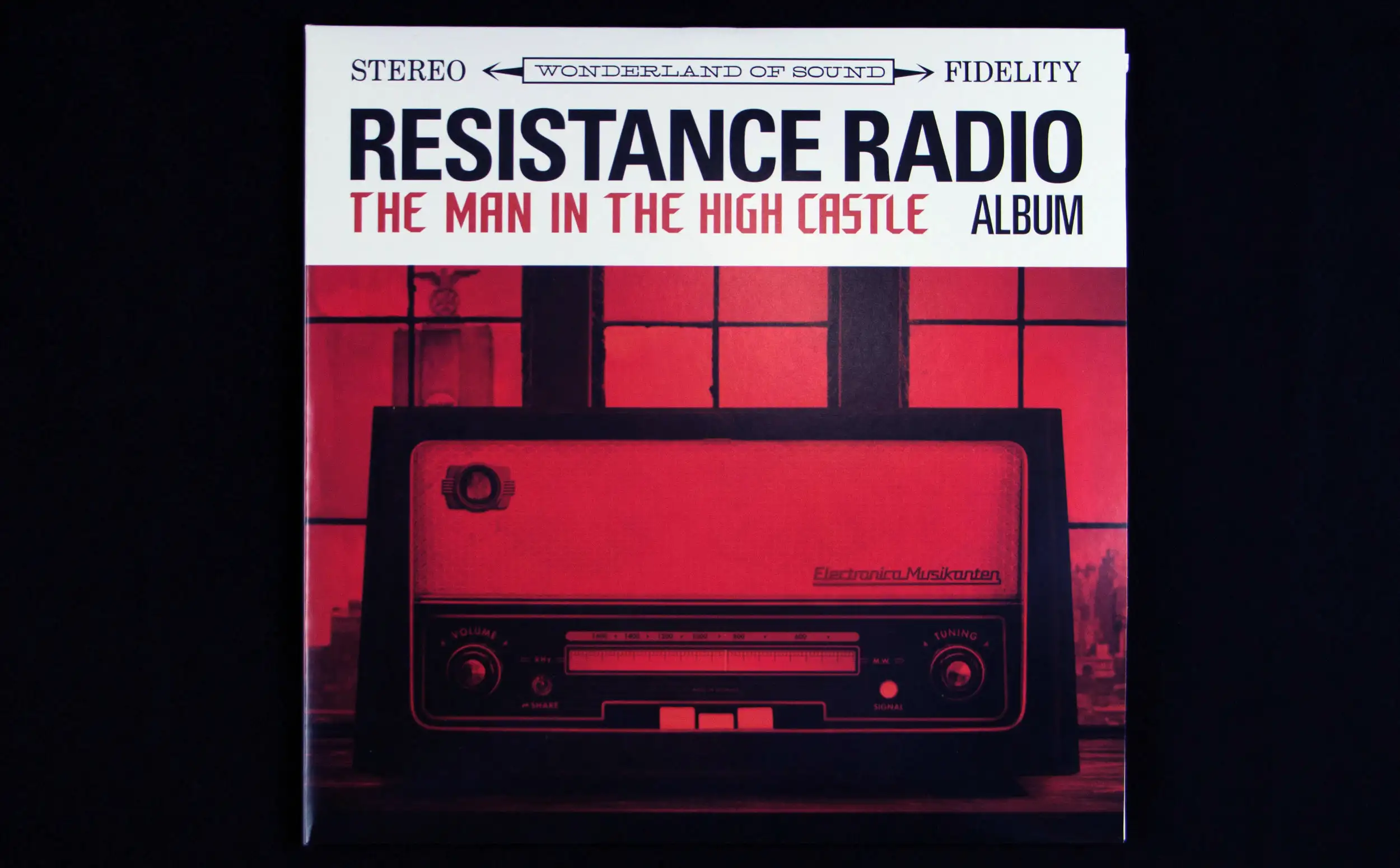
The album, produced by Danger Mouse and Sam Cohen, features new renditions of classic songs by artists such as Beck, Norah Jones, The Shins, Karen O, and more. Sony Music repurposed the website design for the album art.
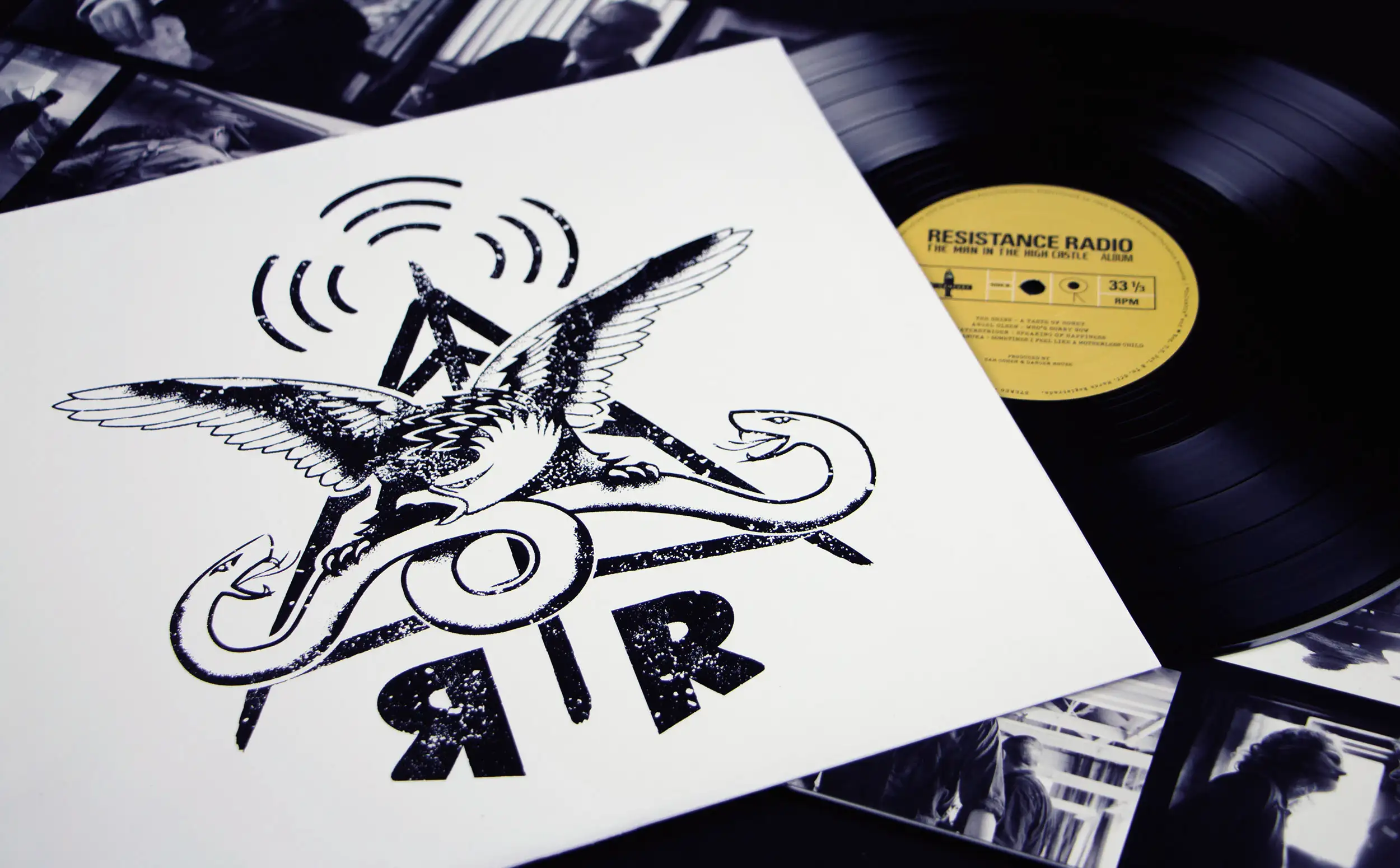
The record sleeve features the Resistance Radio logo. Rendered in the style of traditional tattoo art, which was popularized during World War II, it depicts an eagle attacking a two-headed snake, symbolizing the Japanese Empire and the German Reich.

Ahead of launch, we sent in-world packages to bloggers and journalists.
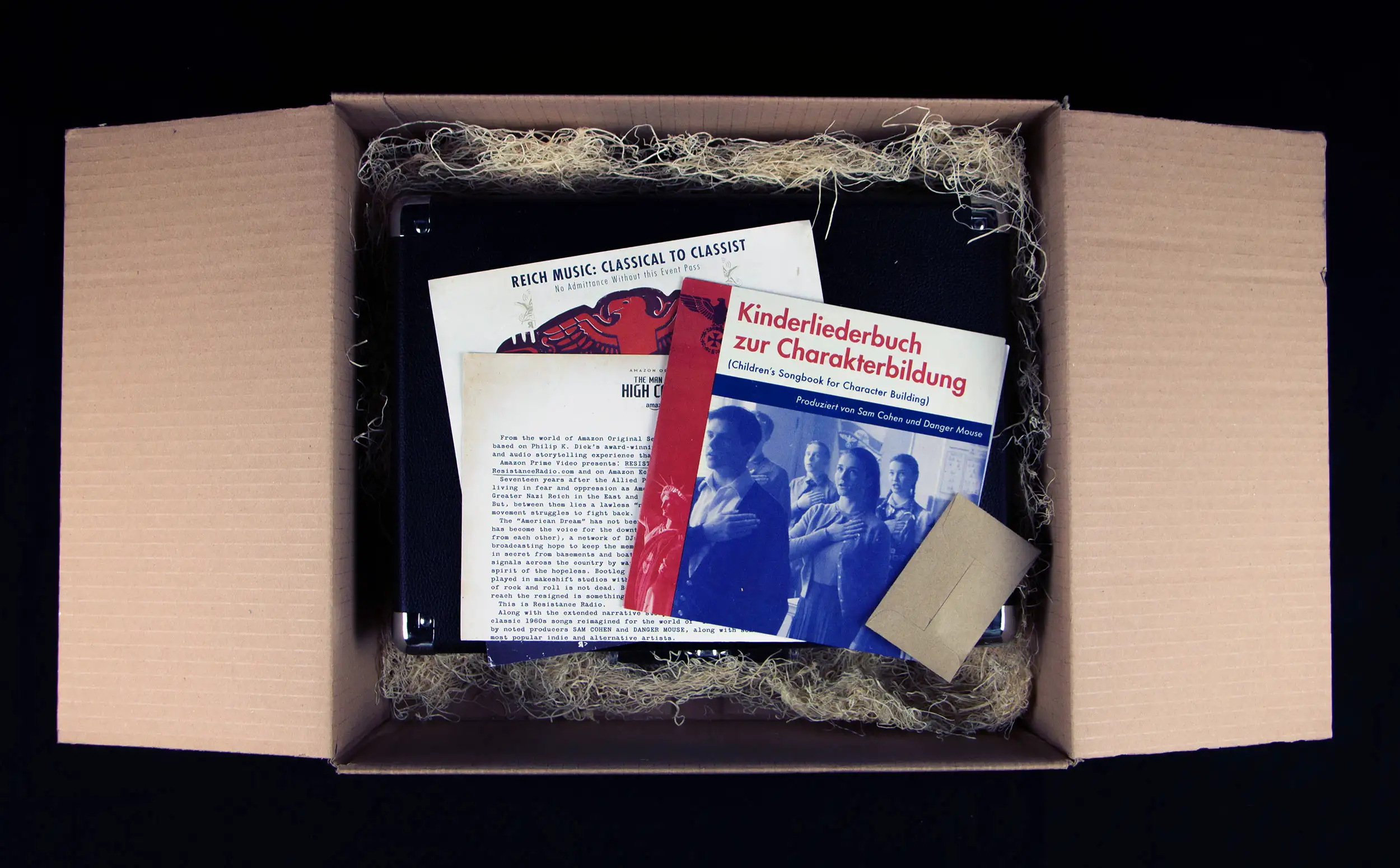
Packages included 7” singles, a typewritten letter, and an invitation to the Resistance Radio concert as SXSW.
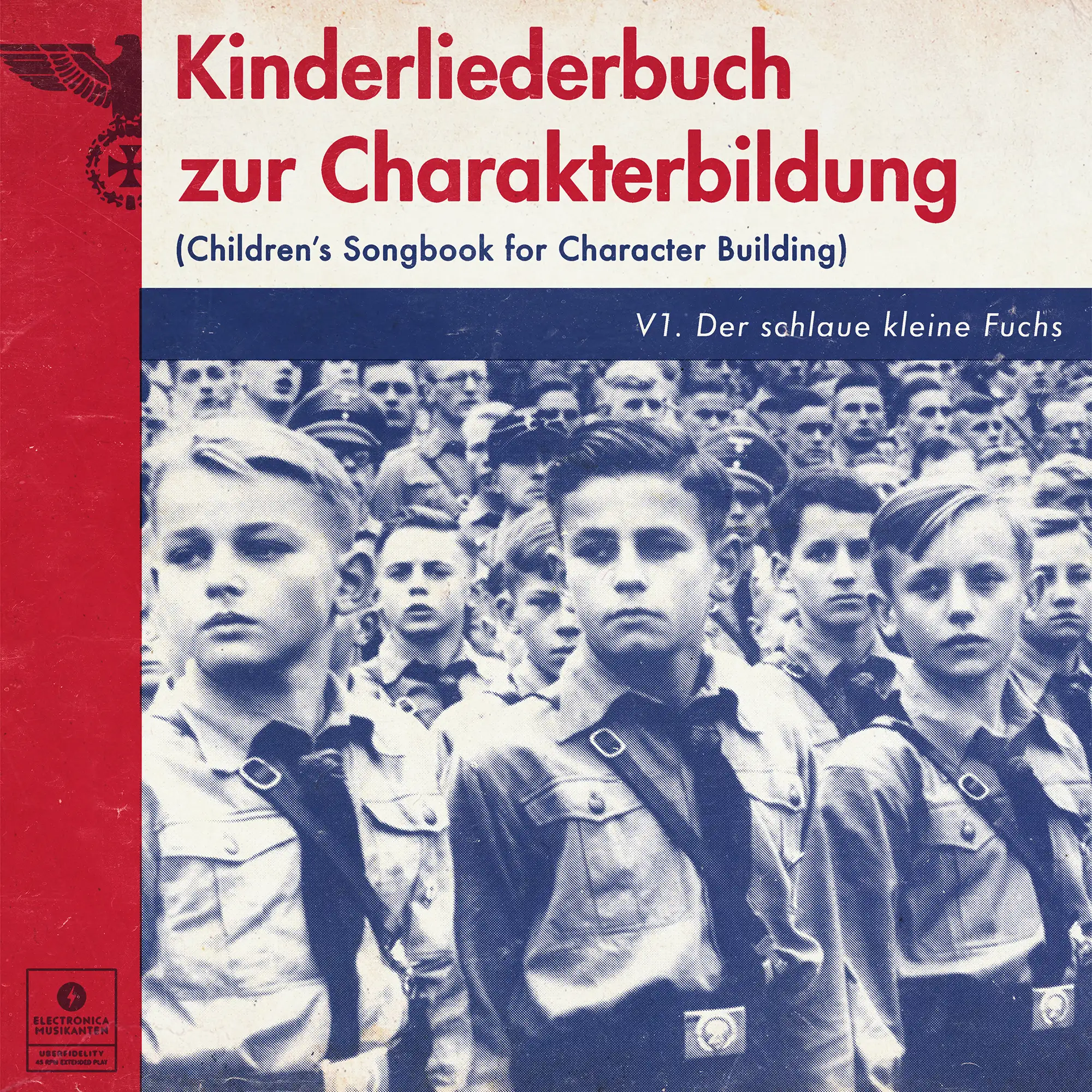
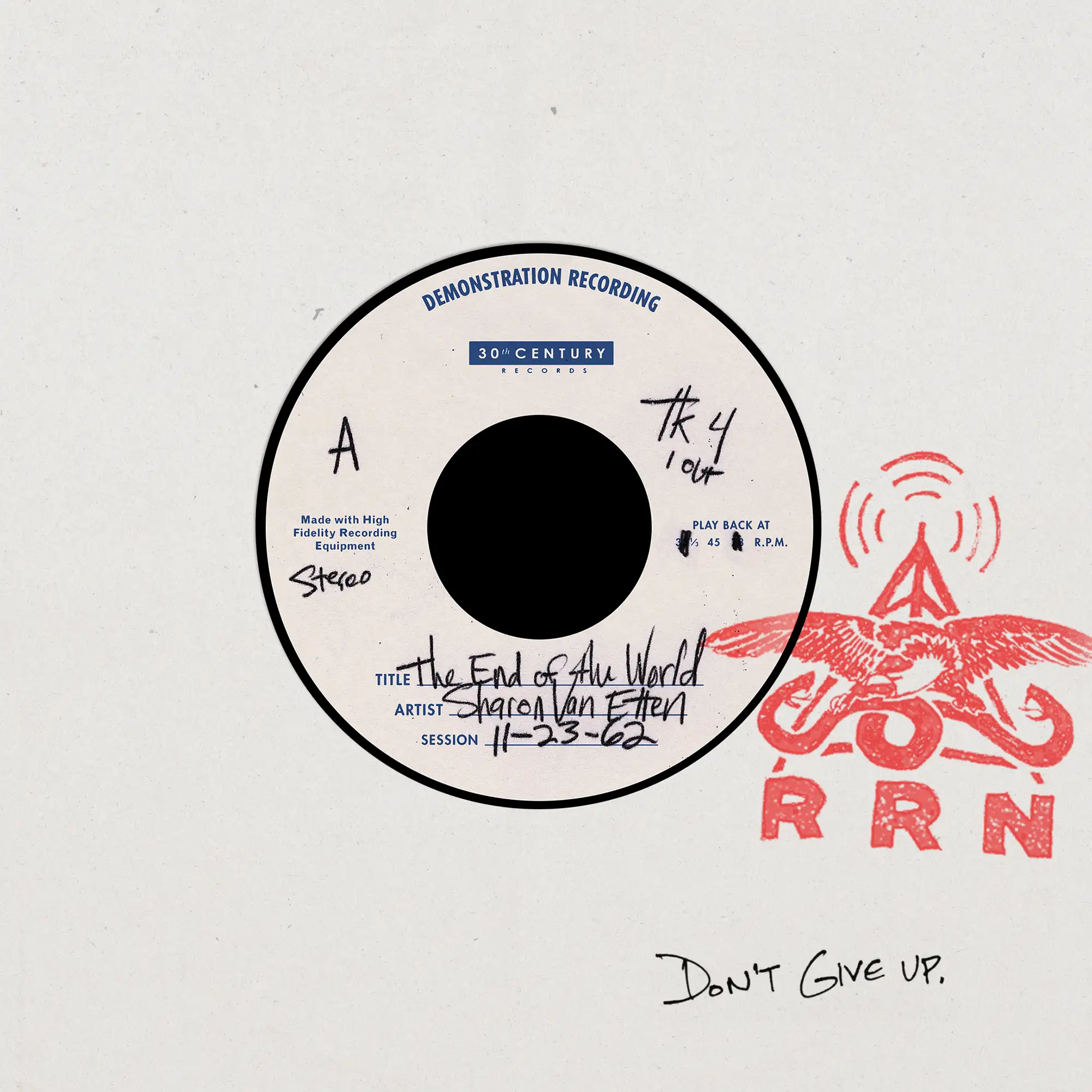
An unused version of the 7” single design illustrates the concept for the press kit—a bootleg recording made by underground resistance members on makeshift equipment, smuggled inside a German propaganda album sleeve.
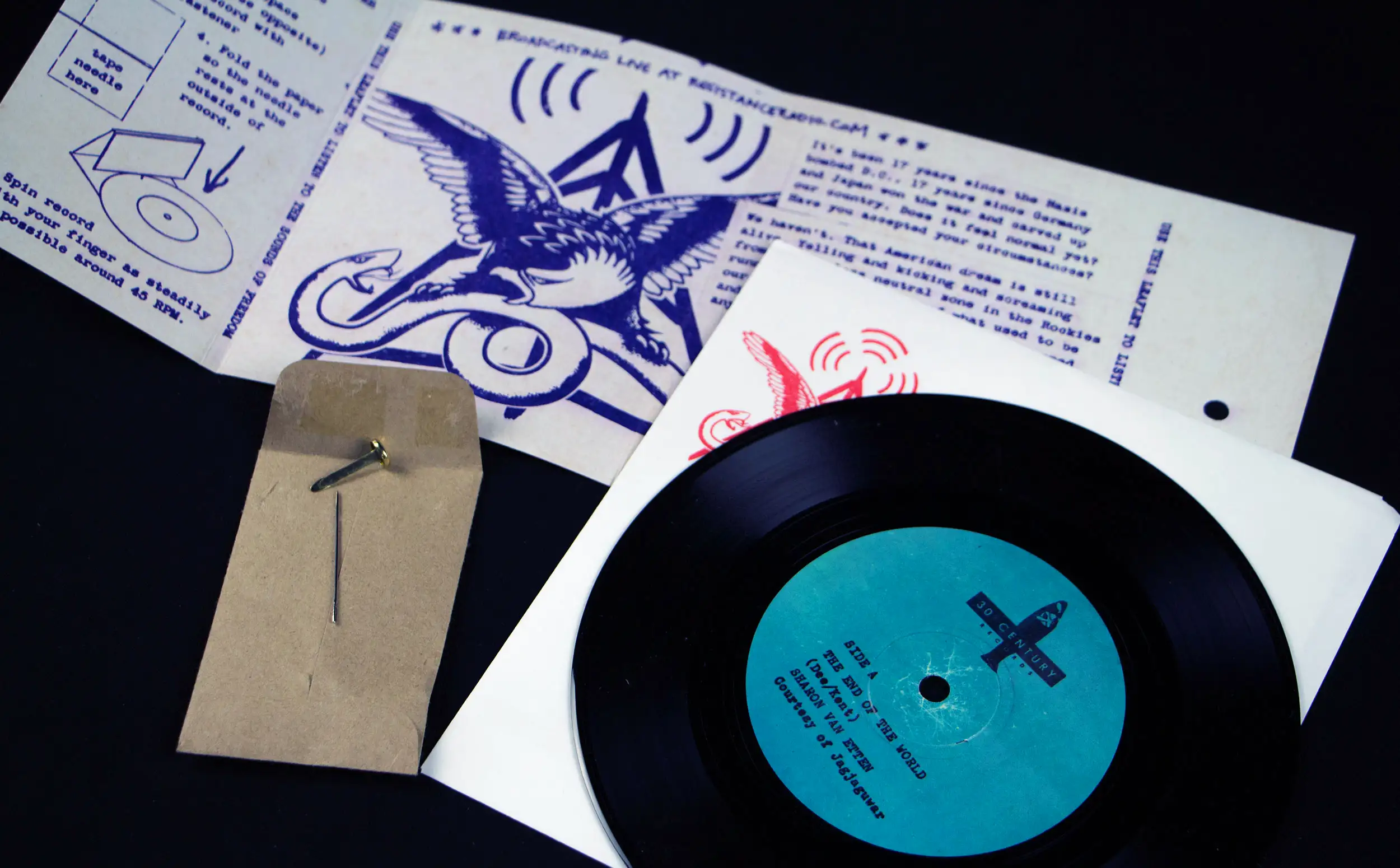

A flyer designed to look like it had been cut, pasted, and mimeographed by members of the resistance also included instructions to use the document as a paper record player.
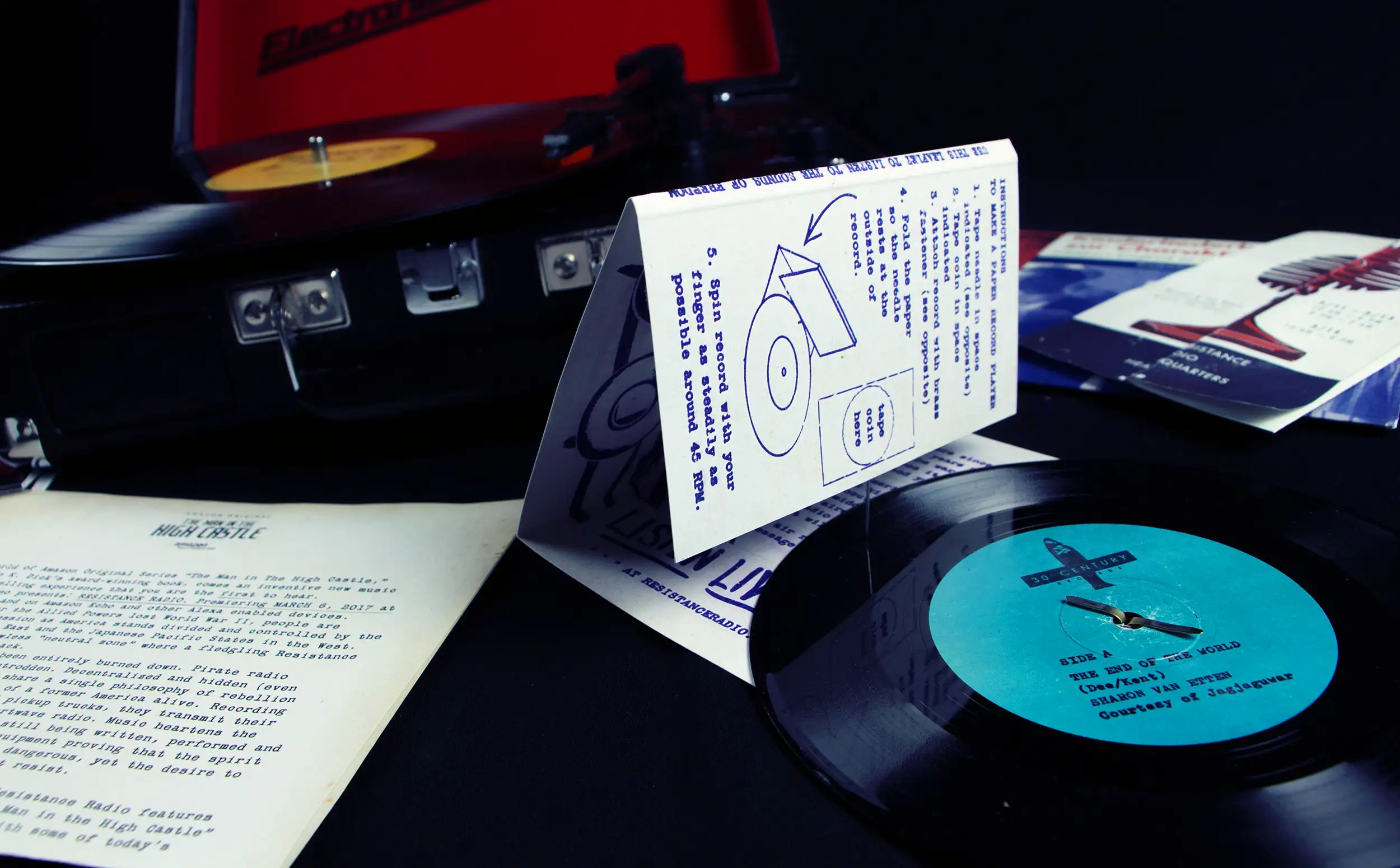
The paper record player in action.
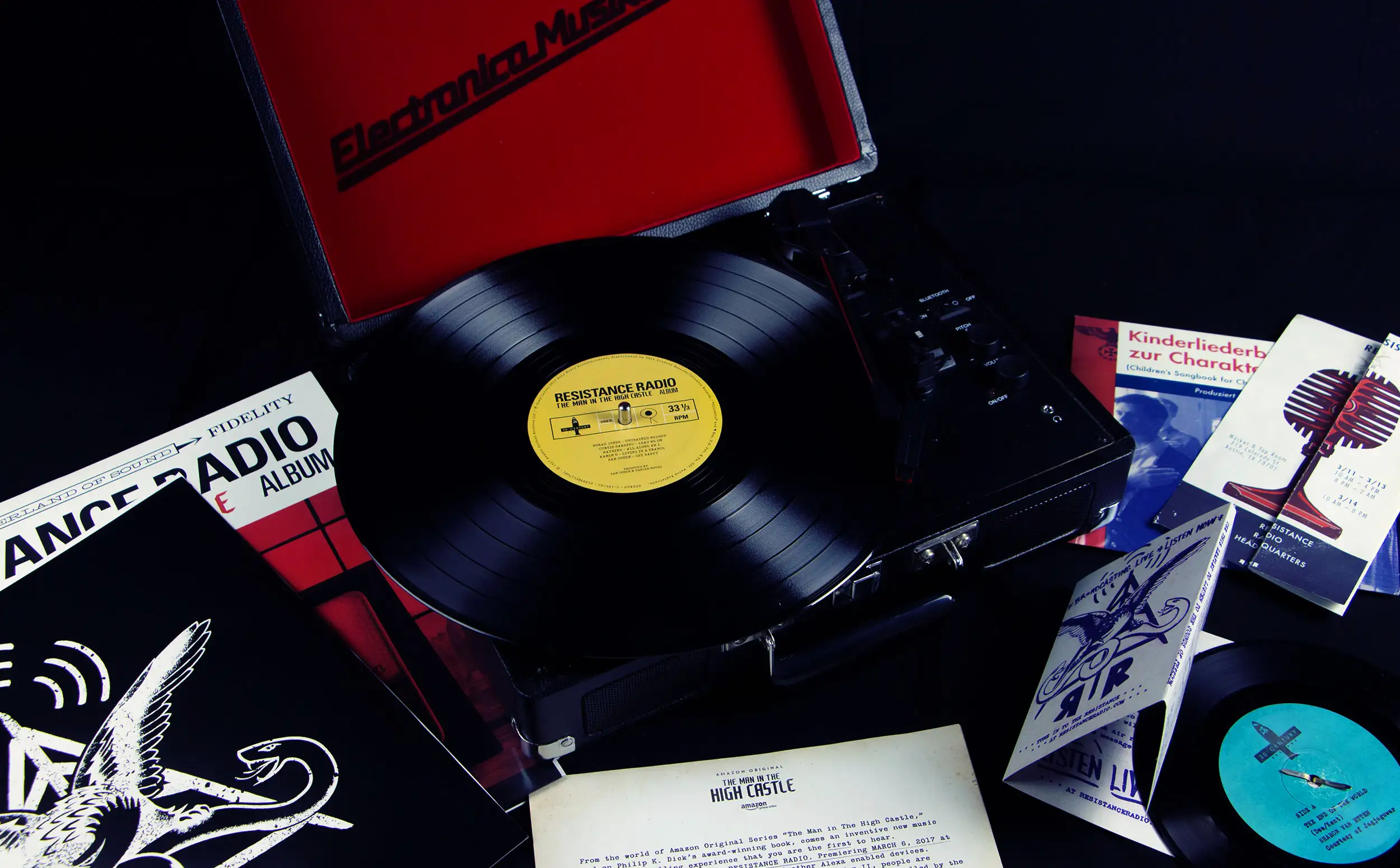
Some lucky fans even received customized turntables.
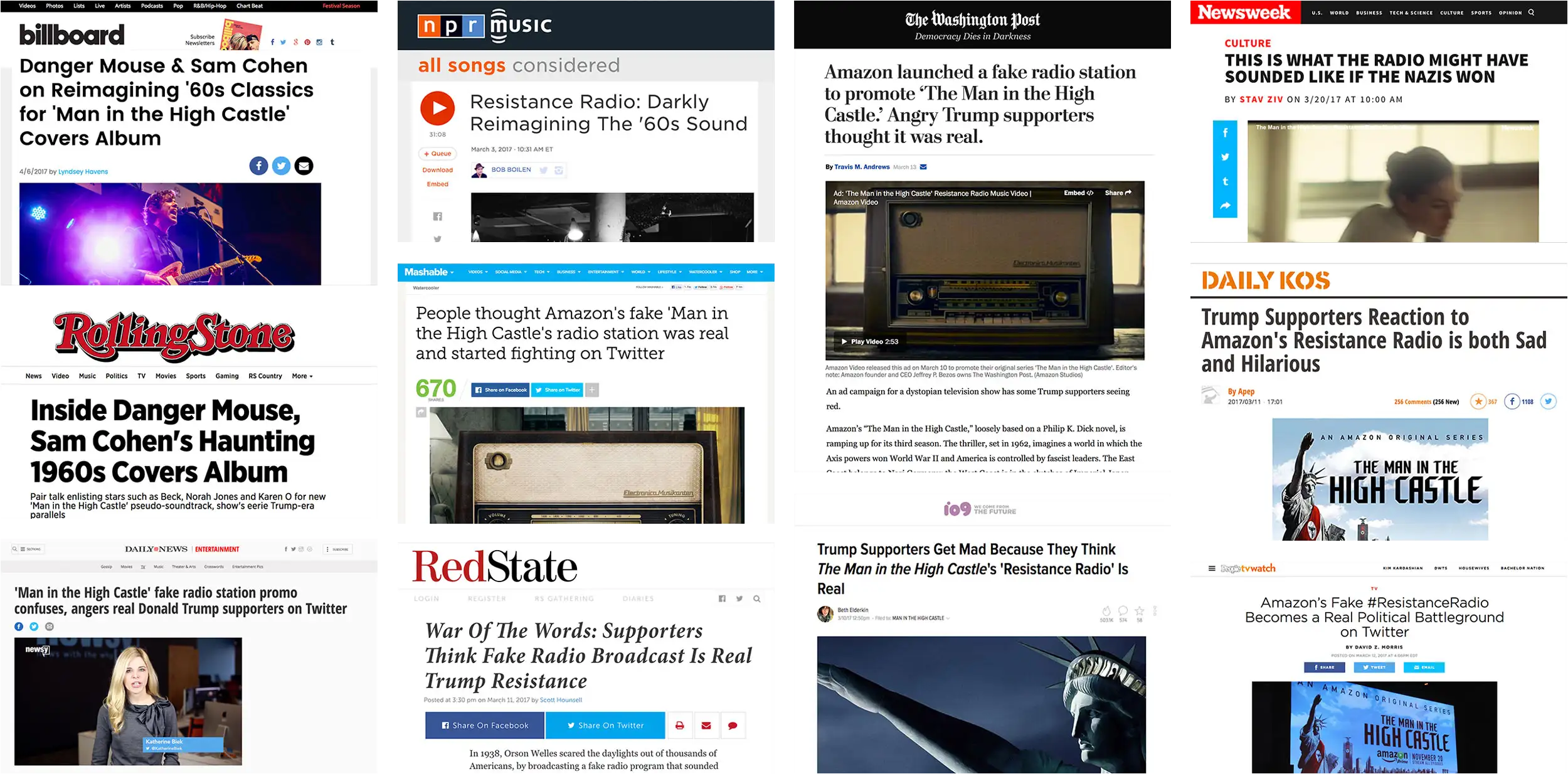
Resistance Radio was designed to resonate in a politically contentious moment: listeners tuning in to the broadcast might hear a voice decrying authoritarianism or systemic racism. The predictable knee-jerk responses of Trump supporters on Twitter – and the liberals who love to mock them – helped grab headlines.
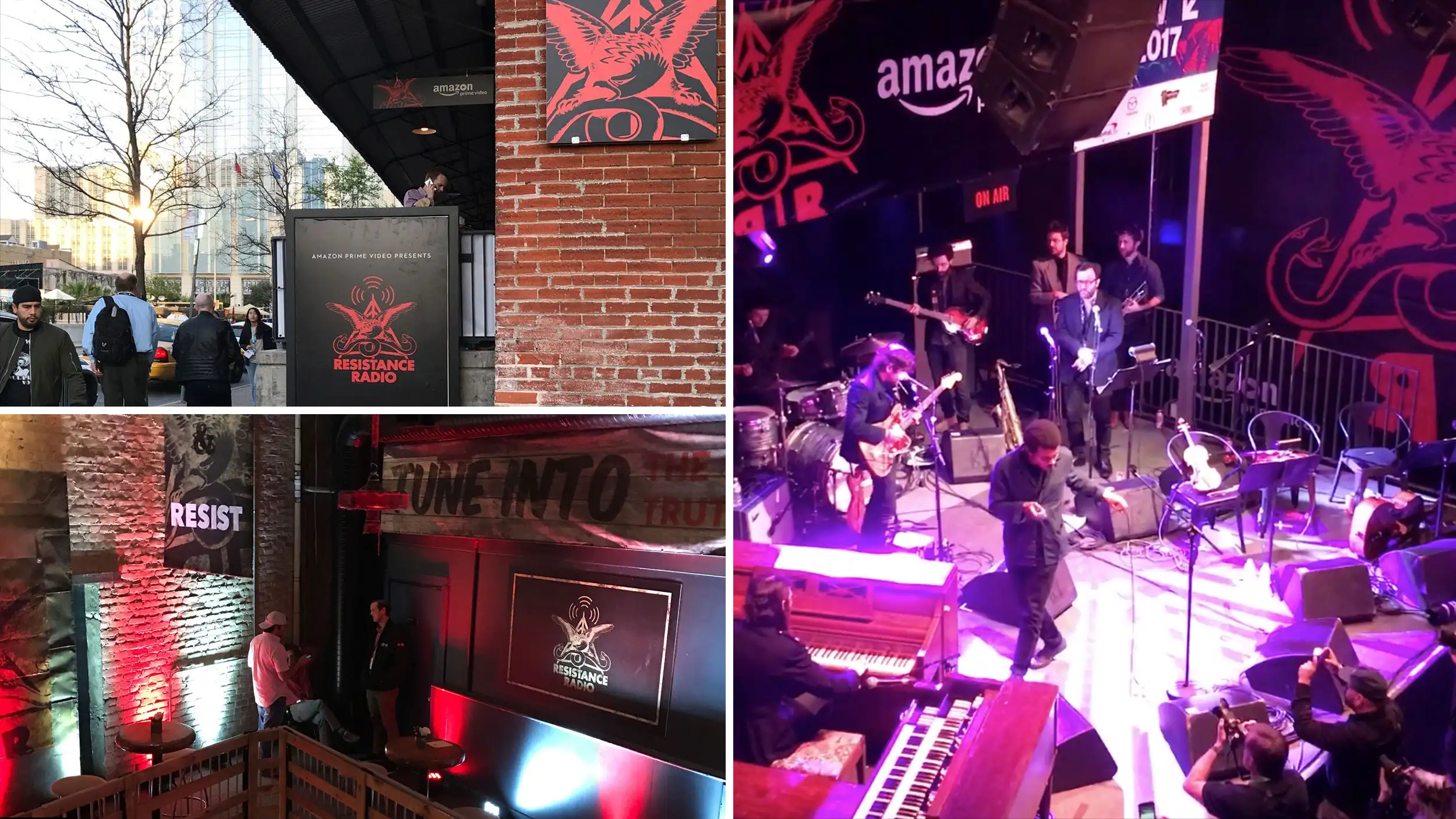
A few weeks after the campaign launch, Amazon hosted a concert with artists performing songs from the Man in the High Castle album at “Resistance Radio Headquarters” at SXSW.